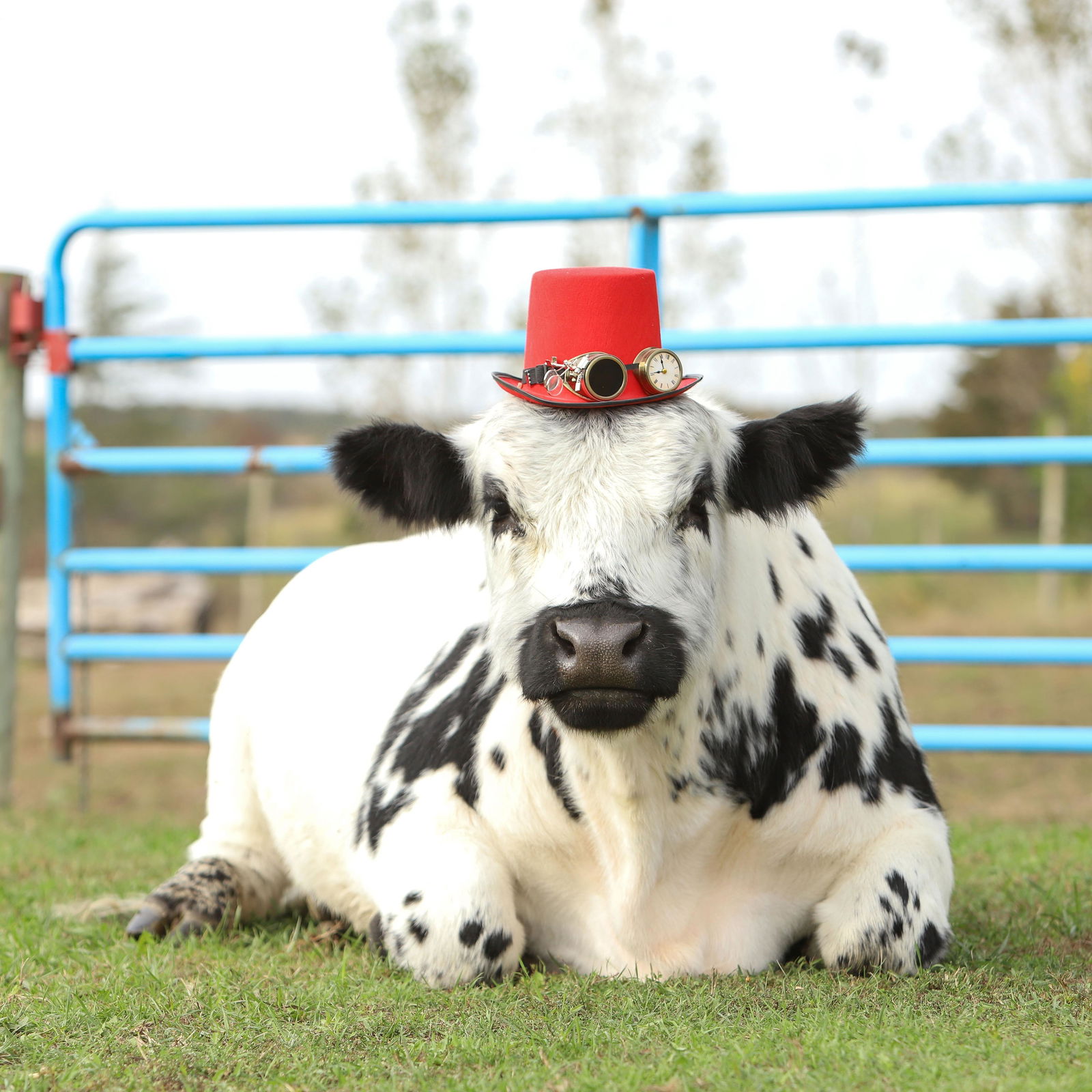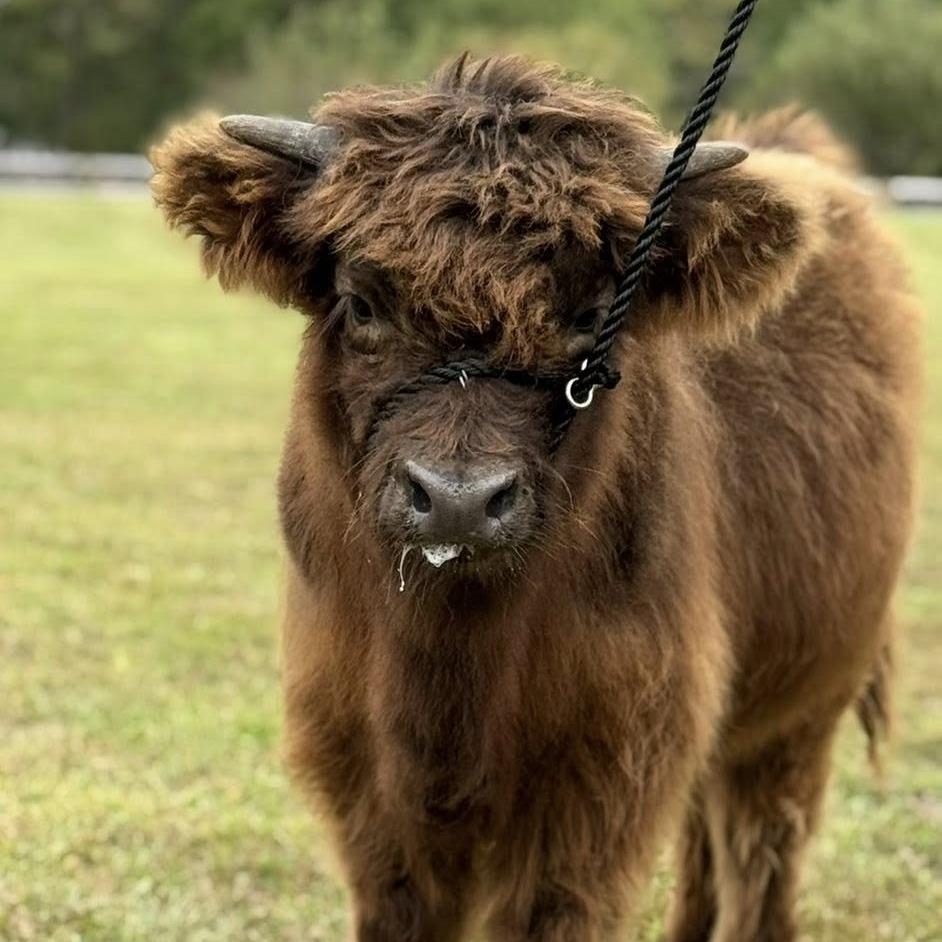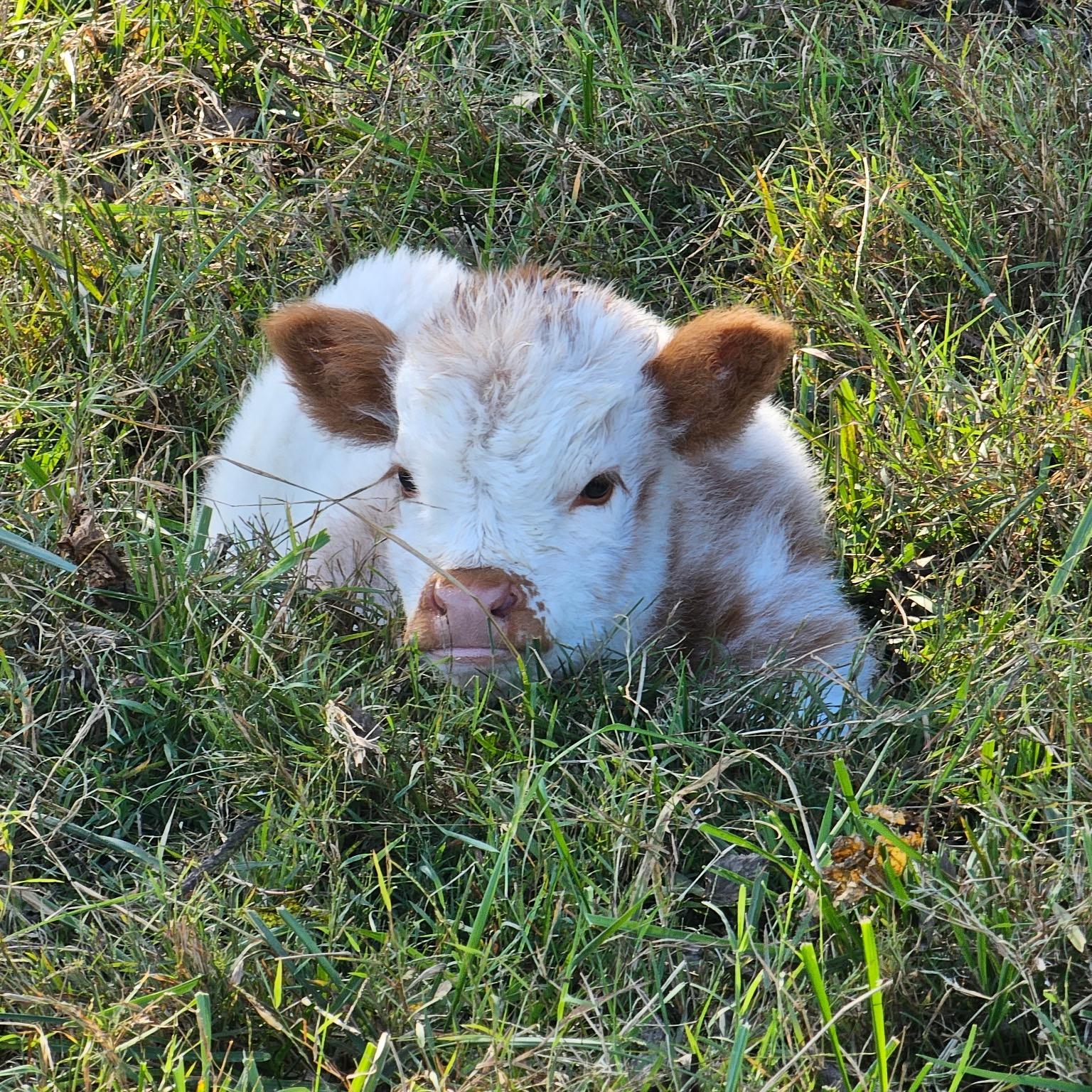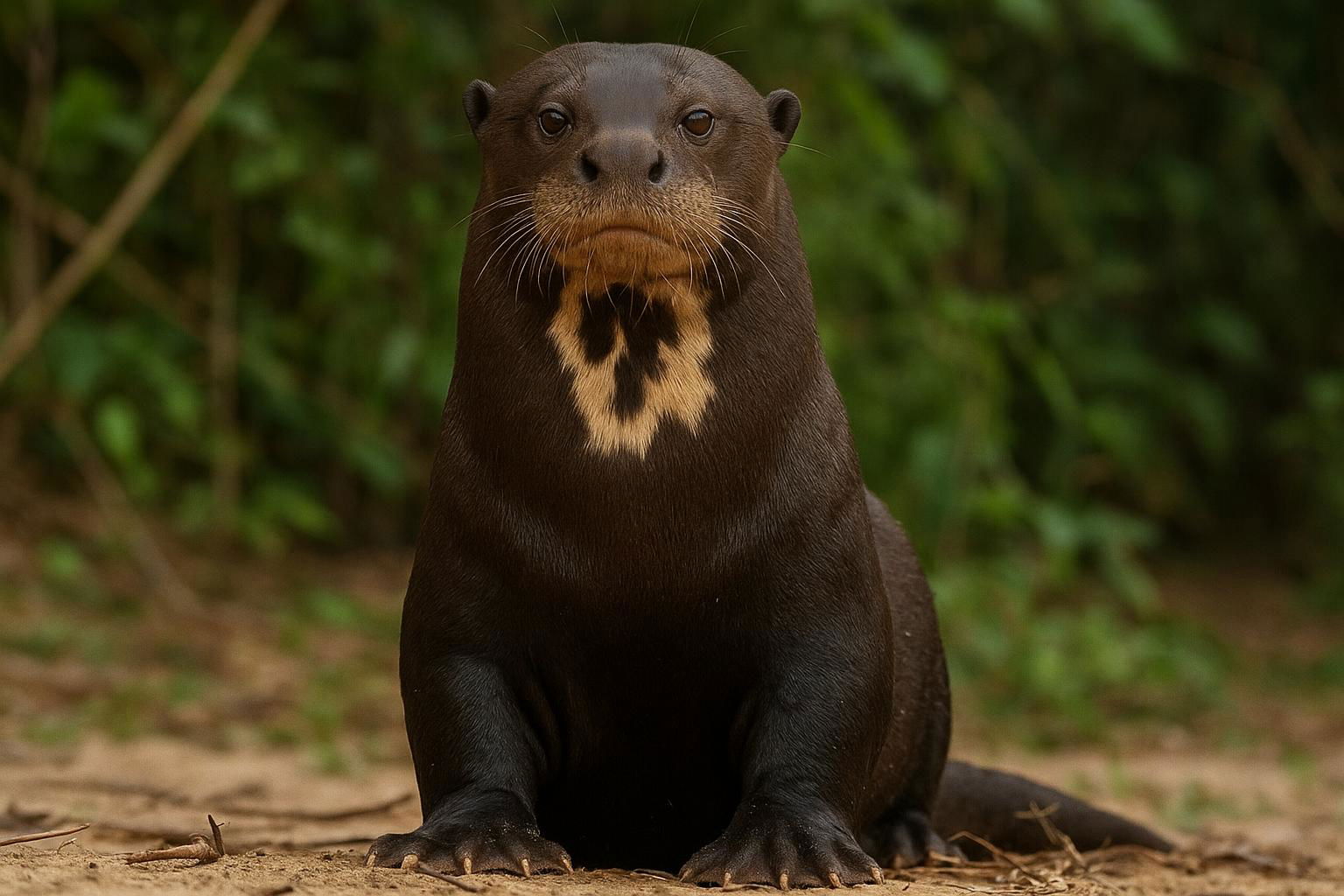
Giant Otter
Pteronura brasiliensis
The Giant Otter (Pteronura brasiliensis) is a charismatic and social mammal native to the rivers and wetlands of the Amazon, Orinoco, and La Plata river systems in South America. As the largest member of the mustelid family, adults can reach up to 1.8 meters (6 feet) in length. Their sleek, hydrodynamic bodies are perfectly adapted for an aquatic lifestyle, boasting webbed feet and a powerful tail that aids in agile swimming. These otters have a dense, velvety coat of rich brown fur, with distinct creamy-white markings on their throats, which vary among individuals and help group members identify each other. Giant Otters are highly social animals, typically living in cohesive family groups led by a monogamous pair, with offspring from previous years often assisting in the care of younger siblings. They are diurnal predators, preying primarily on fish but also consuming crustaceans and small aquatic animals. Sadly, the Giant Otter faces numerous threats, including habitat destruction, pollution, and illegal hunting, leading to its classification as Endangered on the IUCN Red List. Conservation efforts are crucial to ensuring the survival of this remarkable species and maintaining the biodiversity of its riverine habitats.
Colors: Wild Type
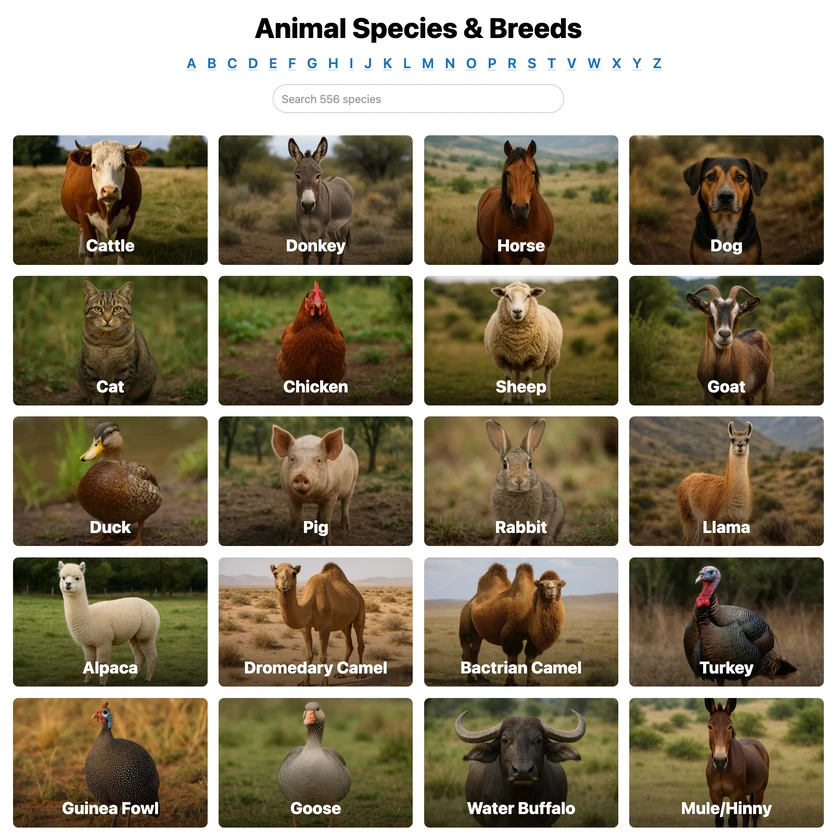 All Species & Breeds
All Species & Breeds
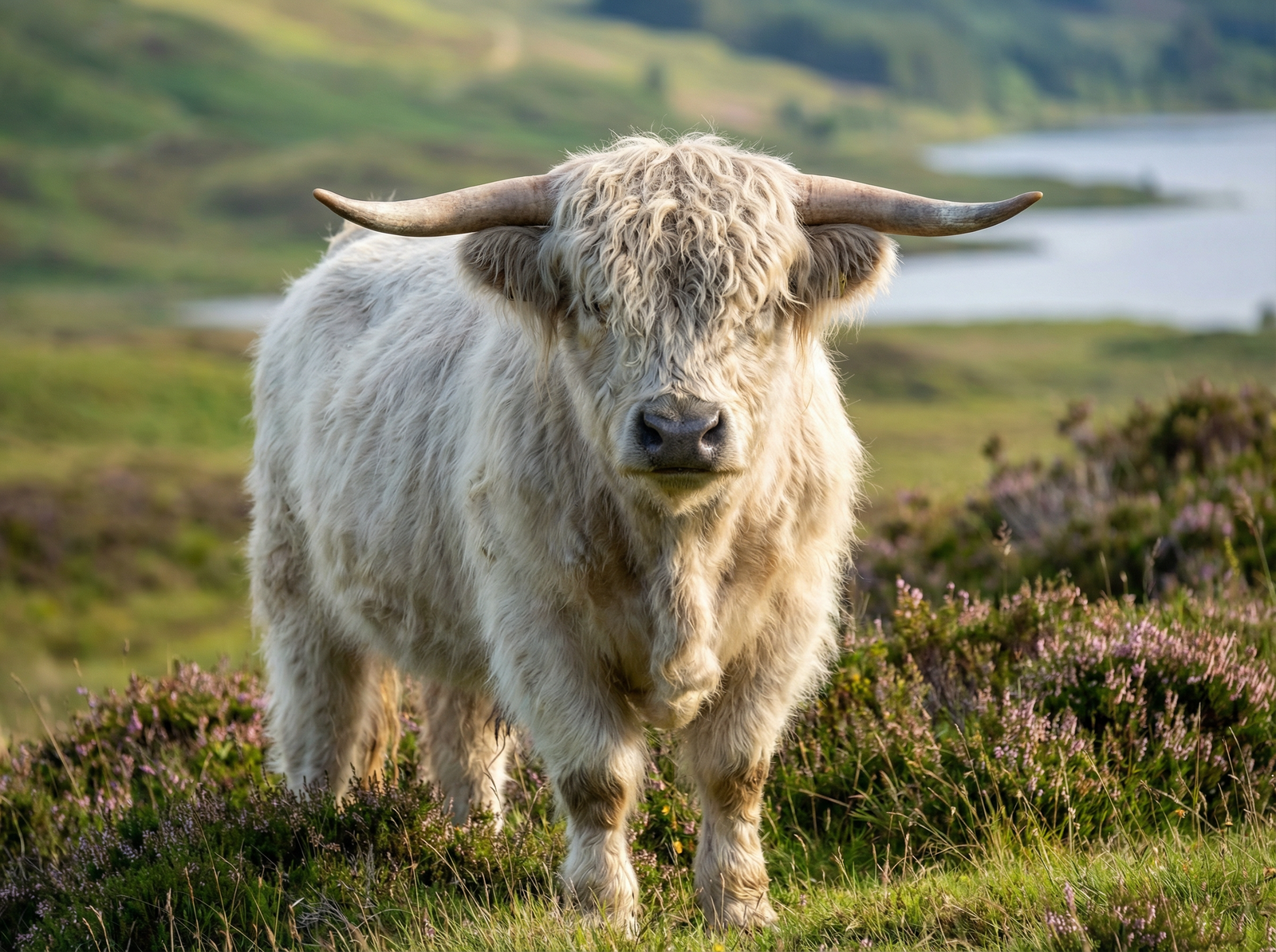 Highland Cattle
Highland Cattle
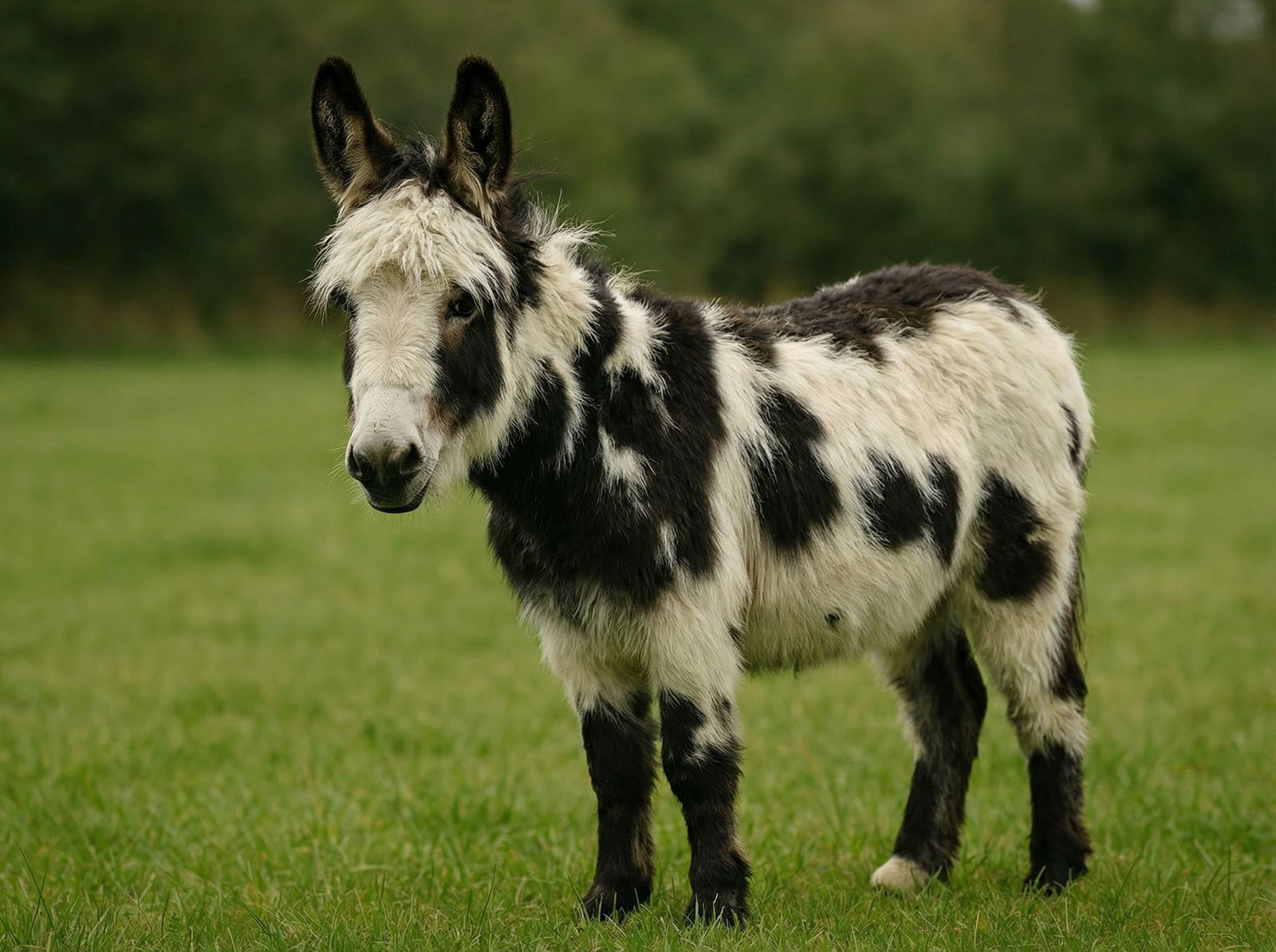 Miniature Donkeys
Miniature Donkeys
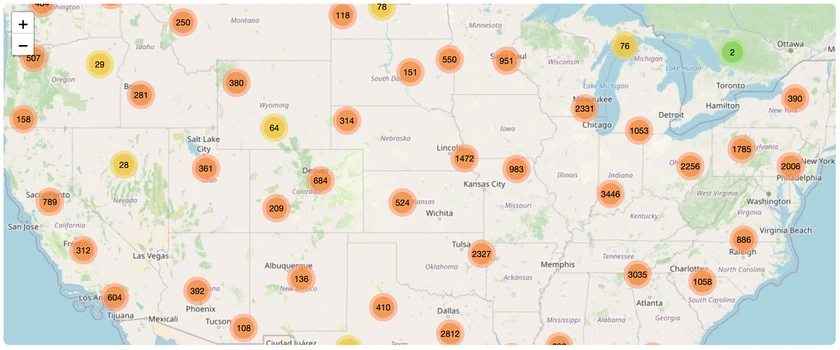 All Species Directory
All Species Directory
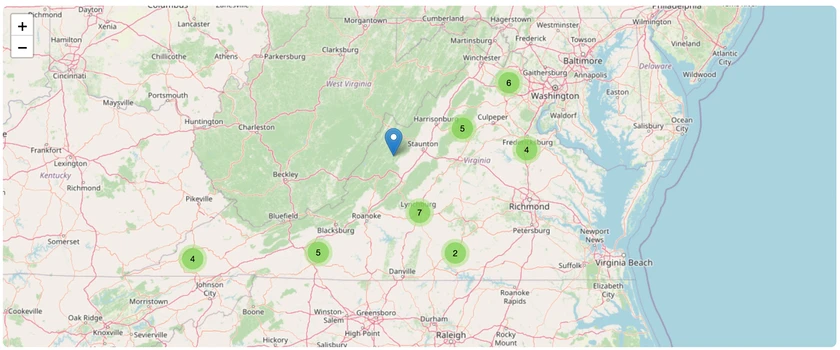 Highland Cattle in Virginia
Highland Cattle in Virginia
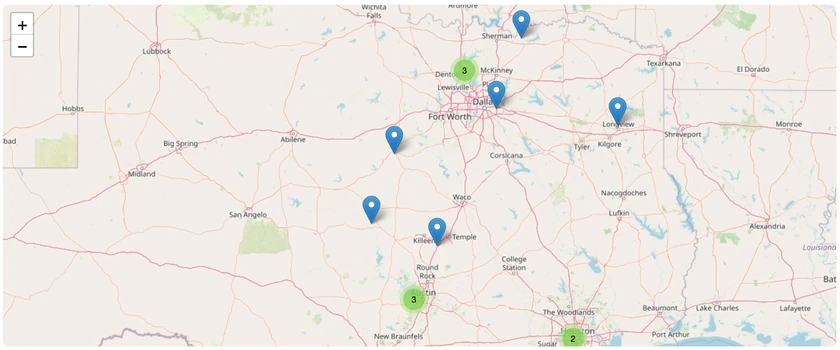 Miniature Donkeys in Texas
Miniature Donkeys in Texas
